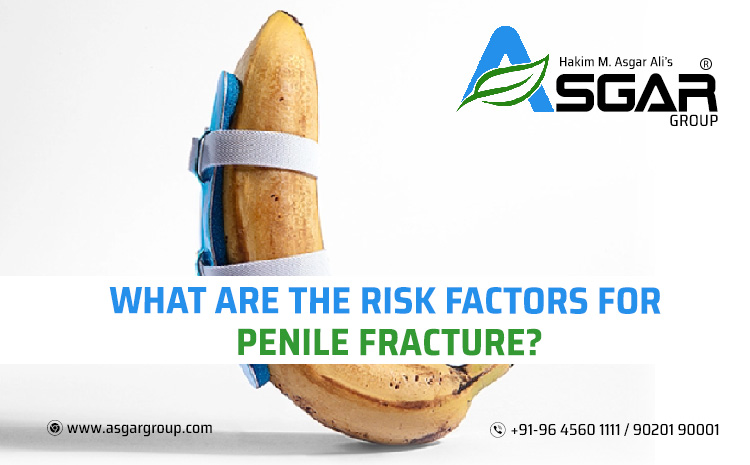Peyronie’s is a disease where scar tissue in your penis causes it to bend, curve or lose length or girth. You may be able to feel the scar tissue (plaque) through the skin or you may have pain in a specific part of your penis as the scar tissue forms. During an erection, your penis can bend up, down or to the side depending on the location of the scar. Some men with this condition don’t have a curve, but might have an area of indentation or “hourglass” appearance.
Most men don’t have perfectly straight erections. Just because there is a little curve in your penis, that doesn’t mean you have Peyronie’s disease. Men who have had a curvature their whole lives do not have Peyronie’s disease.
Most men don’t have perfectly straight erections. Just because there is a little curve in your penis, that doesn’t mean you have Peyronie’s disease. Men who have had a curvature their whole lives do not have Peyronie’s disease.
Difference Between Peyronie’s Disease And Penile Curvature?
Peyronie’s disease is one type of penile curvature that happens to adults. Some men can be born with penile curvature and this is called congenital curvature or chordee. It is not caused by scar tissue, and the condition does not change over time. It might not be noticeable until after puberty when a man begins having more regular erections.
Symptoms Of Peyronie’s Disease
The primary symptom is a considerable curvature of the penis – the penis bends, either sideways, downward, or upward, depending on where the plaques are.
Plaques – scar tissue which is felt under the skin of the penis. It feels like a band of hard tissue. For some, it may feel like flattened lumps.
Erectile dysfunction – men with Peyronie’s disease may have difficulties in either getting or maintaining an erection.
Penis length – Peyronie’s disease can eventually result in a shortening of the penis.
Pain – patients may experience pain when they have an erection, and/or during orgasm. However, in the majority of cases, this gradually goes away after a few months (without any treatment).
Plaques – scar tissue which is felt under the skin of the penis. It feels like a band of hard tissue. For some, it may feel like flattened lumps.
Erectile dysfunction – men with Peyronie’s disease may have difficulties in either getting or maintaining an erection.
Penis length – Peyronie’s disease can eventually result in a shortening of the penis.
Pain – patients may experience pain when they have an erection, and/or during orgasm. However, in the majority of cases, this gradually goes away after a few months (without any treatment).
Does Peyronie’s Disease Hurt?
Yes, Peyronie’s disease can be painful. This is most common in the acute (early) phase of the disease. However, pain may continue with erections even in the chronic phase. The severity of it varies depending on the person.
How Does The Penis Work?
Your penis has two roles: to carry urine and to carry sperm. There are three tubes inside it: the urethra, which carries urine from the bladder and through the penis, and two tubes called the corpora cavernosa that fill with blood to make the penis erect. All three are wrapped together by a tough fibrous sheath known as the tunica albuginea. When you’re having intercourse, the blood flowing to your penis makes it straight, stiff and hard, and able to penetrate. Semen then exits through the urethra after orgasm. This process is called ejaculation.
Peyronie’s disease affects the shape and size of the penis, but not urination or ejaculation.
Peyronie’s disease affects the shape and size of the penis, but not urination or ejaculation.
Lifestyle Changes
Lifestyle changes may reduce the risk of ED related to Peyronie’s disease. These include:
Quitting smoking
Reducing alcohol consumption
Stopping drug misuse
Exercising regularly
Quitting smoking
Reducing alcohol consumption
Stopping drug misuse
Exercising regularly














